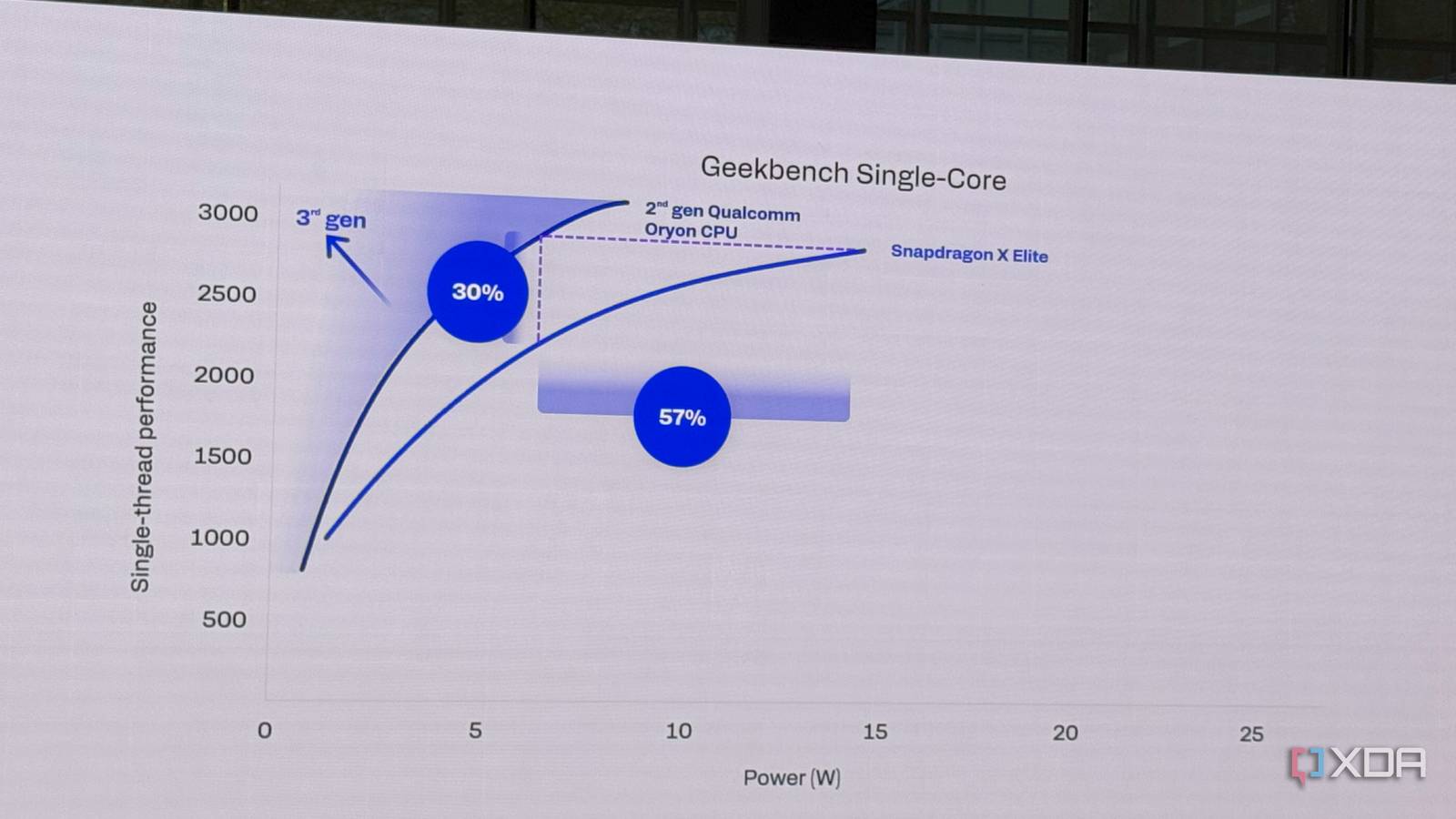- Joined
- Sep 26, 2021
- Posts
- 7,504
- Main Camera
- Sony
Ah! *That* kind of domino logic. Intrinsic was a completely different beast - I was thinking domino logic as in dynamic domino logic, like Intel used to do in the ALU (and DEC did for Alpha, etc.).Gotcha, my bad. I had read that this was part of how Intrinsity was able to clock standard Arm cores higher by very selective and smart use of it prior to and during Apple’s use of that such as with the A4 Hummingbird and all at 1GHz, and my impression was also that this was how Zen 4 -> 4C (the cut down version with 25% lower clocks) saved major area and (idle anyway, not dynamic) power, because the synthesis or hand layout did not require the same clocks.
Intrinsity was a whole other thing, and the main difference was their “1 of n” data representation. Intrinsity, by the way, was first called EVSX, which stood for “everything else sucks,” and they were the Austin office of Exponential Technology, which was my first job in the industry. The Austin office was assigned a different project than the x704 powerpc - a long term project that was the original goal of the company, and which kept getting distracted by the needs to get x704 to market. As Exponential started to go under, the office down there started looking for the next big thing. Jim Blomgren shared a cubicle wall with me when he was in San Jose (before going down to Austin). He cursed a lot…loudly.
Anyway, their circuits, by my understanding, were based on a multi-phase clock (so were Exponential’s), and they would represent each signal with multiple wires, only 1 of which could be asserted at any time. This could make things faster, at the cost of a lot more wires and die area. They filed a ton of patents on it, and I recall reading many of them in the distant past.
But, anyway, long story short, that’s not what most of us think of as domino logic. (Traditional domino logic is you pull up charge in the first gate on a clock, then let it fall to ground through the next gate, then pull it up again, etc. This consumes power on every clock, even if the inputs don’t switch, so dynamic power consumption is high, unlike CMOS).


